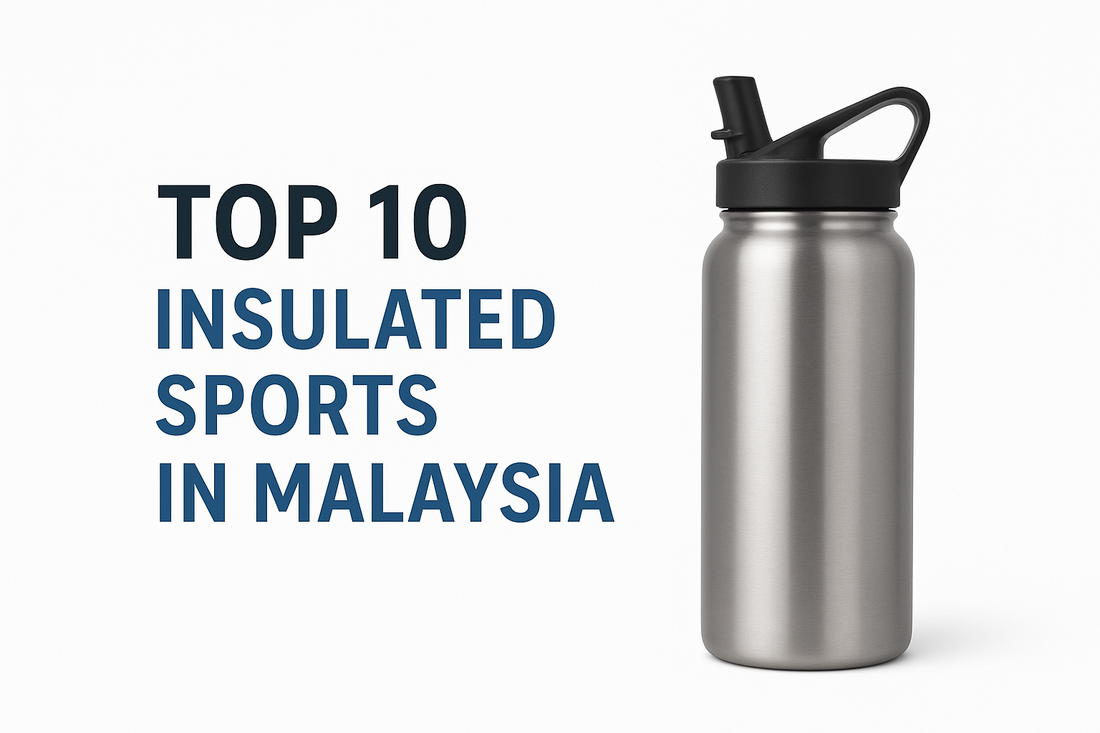Stay Healthy — Start with the Right Water Bottle
Choosing the right water bottle isn’t just about convenience — it’s about daily health and safety. Whether you prefer a BPA-free plastic bottle or a stainless steel bottle, the material you drink from impacts your body, your lifestyle, and even the planet.
1. BPA-Free Plastic Bottles: Lightweight but Still Require Caution
“BPA-Free” means that the bottle doesn’t contain Bisphenol A (BPA) — a chemical commonly used in plastics that can disrupt hormones if ingested over time. BPA-free bottles eliminate this major concern, offering a safer alternative for daily hydration.
Advantages:
- Lightweight and portable: Ideal for school, office, or casual outings.
- Stylish and colorful: Wide variety of designs available.
- Affordable and easy to replace.
Potential drawbacks:
- Even BPA-free plastics can degrade over time, especially under heat or UV exposure.
- Scratches and wear may harbor bacteria.
- Less eco-friendly — needs replacement every few months for optimal safety.
2. Stainless Steel Bottles: Durable, Safe, and Long-Lasting
Stainless steel bottles are becoming the go-to choice for those who prioritize durability, safety, and insulation. High-grade bottles made with food-grade 316 stainless steel are especially resistant to corrosion and safe for everyday use.
Advantages:
- Chemical-free: No BPA, phthalates, or plasticizers.
- Excellent temperature control: Double-wall vacuum insulation keeps drinks hot or cold for hours.
- Highly durable: Long lifespan reduces waste.
- Easy to clean and odor-resistant.
Potential drawbacks:
- Heavier than plastic bottles, less ideal for kids or ultralight travel.
- Low-quality versions may leach metals — always choose trusted brands.
3. Health Perspective: Stainless Steel Wins for Long-Term Use
From a health and longevity perspective, stainless steel bottles clearly outperform BPA-free plastic.
While BPA-free plastic is safe for short-term use, it degrades over time, especially under heat or sunlight. Stainless steel, on the other hand, remains inert, stable, and hygienic — making it the better long-term investment for health-conscious users.
4. Environmental Sustainability
In terms of sustainability, stainless steel bottles stand out. They last for years and help reduce single-use plastic consumption.
If you want both aesthetic appeal and eco-conscious design, consider these MODOFO products:
- MODOFO 1000ml Stainless Steel Sports Bottle — Large capacity, vacuum-insulated, and made from BPA-free food-grade materials.
- MODOFO × FAFA BEAUTY 530ml Insulated Cup — A stylish collaboration combining high-quality insulation with creative design.
5. FAQ — Common Questions
Q1: Are BPA-free plastic bottles completely safe?
They’re much safer than traditional plastics, but prolonged heat exposure can still cause material degradation. Regular replacement is recommended.
Q2: Can stainless steel bottles rust?
High-quality 304 or 316 stainless steel bottles won’t rust under normal use. Keep them dry and clean regularly.
Q3: Can I store acidic drinks like juice or coffee?
Short-term use is fine, but avoid long-term storage of acidic liquids to preserve material integrity.
Q4: Which one is better for sports or outdoor use?
Stainless steel bottles are ideal for sports due to their temperature retention and leak-proof design.
✅ Conclusion: Finding the Right Balance of Health, Safety & Sustainability
Choosing a bottle isn’t just about price — it’s about your health priorities and environmental responsibility.
BPA-free plastic bottles are convenient for short-term or lightweight use, while stainless steel bottles offer a long-term, sustainable solution with superior safety and durability.
To explore more BPA-free and stainless steel bottle options, visit MODOFO Official Store — discover stylish, practical, and eco-friendly bottles designed for your everyday hydration.





